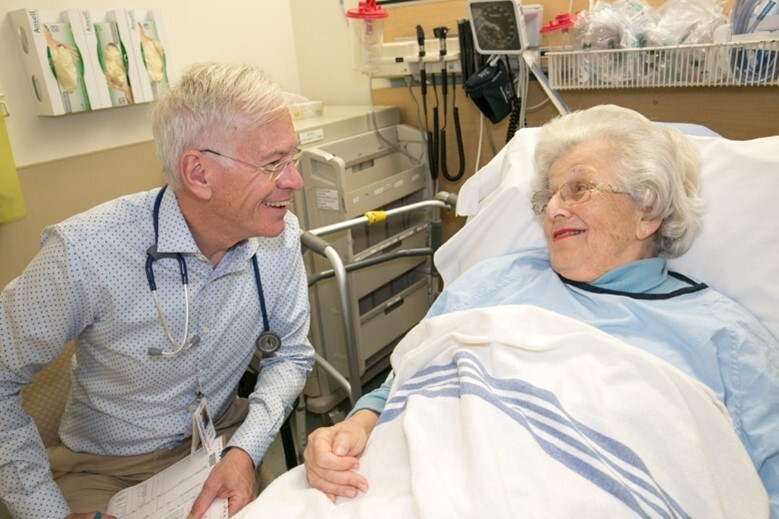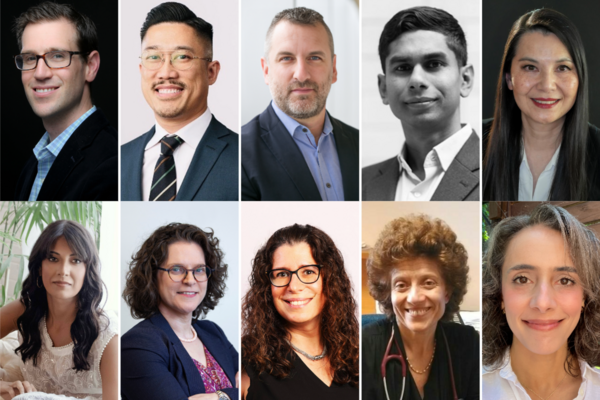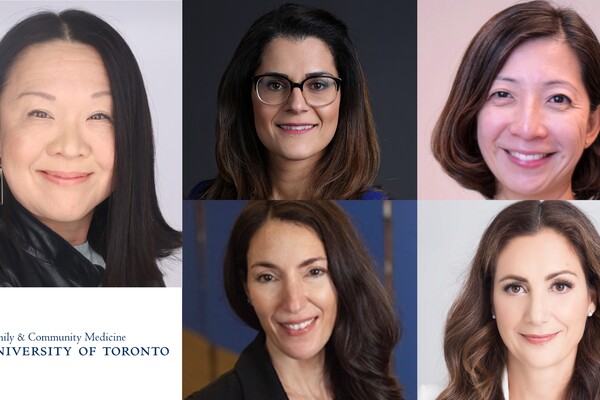Jan 11, 2023
The front door of primary care: Family and emergency doctors advocate for tailored care for older people
About DFCM, Divisions

Dr. Don Melady, DFCM Associate Professor and emergency doctor, and Suzanne Shuchat, a volunteer at Mount Sinai Hospital. Image is taken from the cover of his book, Creating a Geriatric Emergency Department: A Practical Guide.



